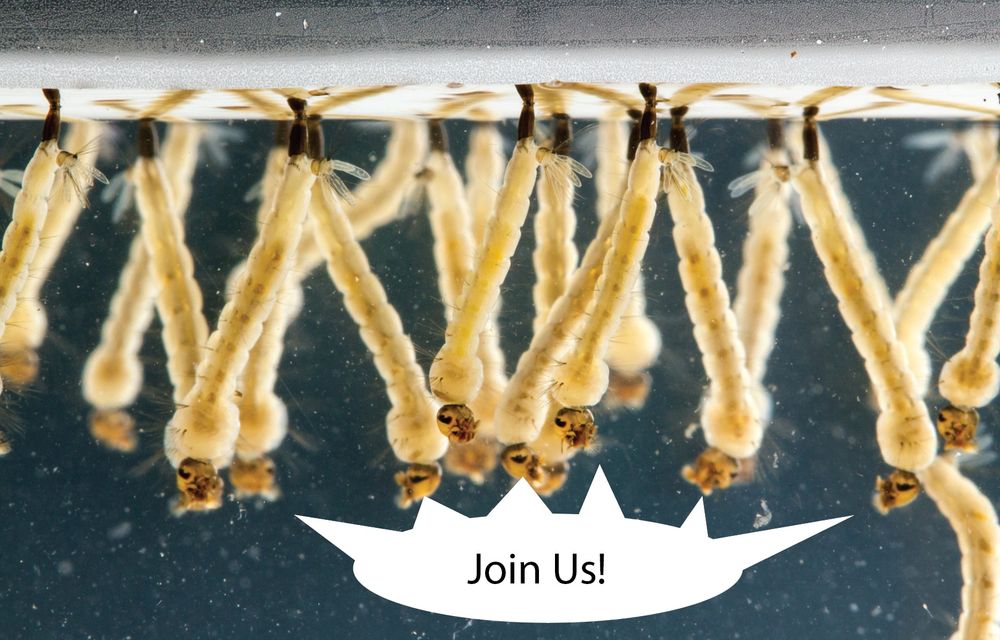
https://www.zak-lab.org
We propose a model that separates estimation of odor concentration and presence and map it on olfactory bulb circuits
Led by @chenjiang01.bsky.social and @mattyizhenghe.bsky.social joint work with @jzv.bsky.social and with @neurovenki.bsky.social @cpehlevan.bsky.social
We propose a model that separates estimation of odor concentration and presence and map it on olfactory bulb circuits
Led by @chenjiang01.bsky.social and @mattyizhenghe.bsky.social joint work with @jzv.bsky.social and with @neurovenki.bsky.social @cpehlevan.bsky.social

www.cell.com/cell-reports...

www.cell.com/cell-reports...

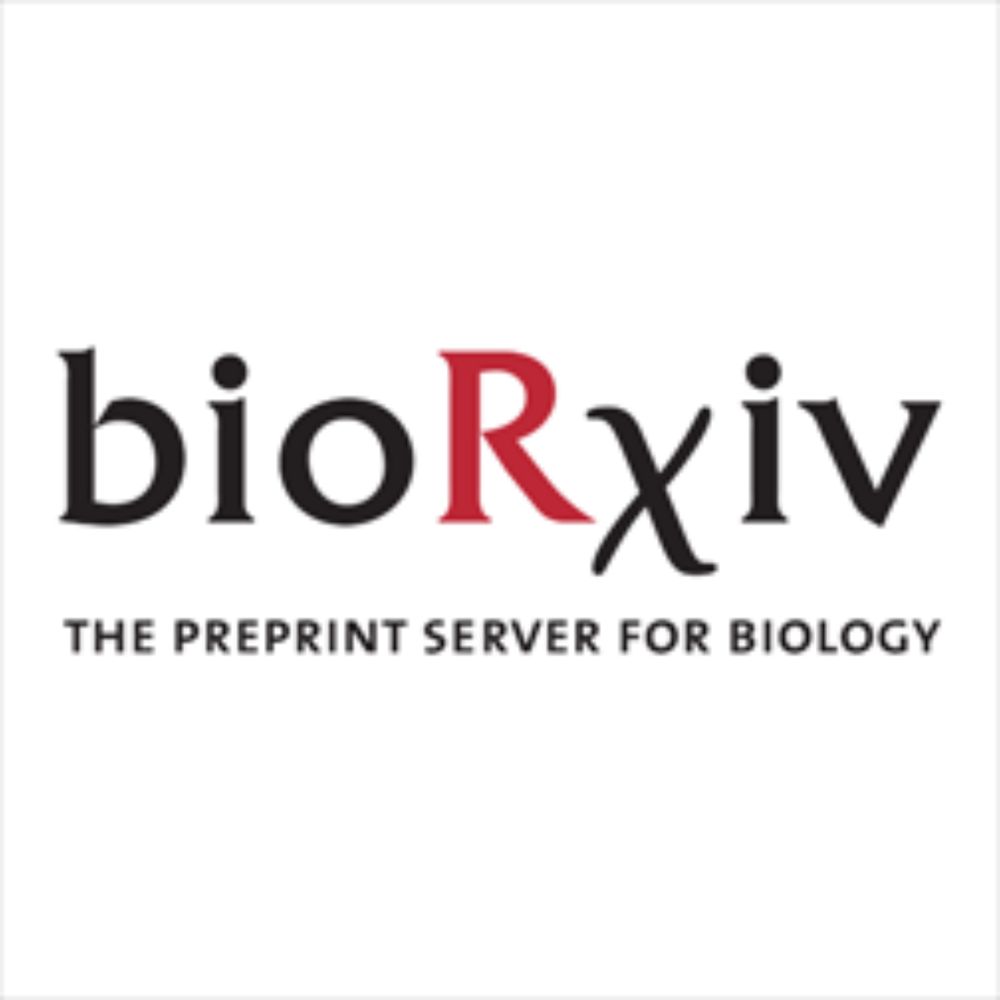

We discovered that evolution, by acting in the midbrain, shifted the threshold to escape in Peromyscus mice, to fine-tune defensive strategies in different environments
www.nature.com/articles/s41...
This was a truly collaborative effort! 🧵⬇️
We discovered that evolution, by acting in the midbrain, shifted the threshold to escape in Peromyscus mice, to fine-tune defensive strategies in different environments
www.nature.com/articles/s41...
This was a truly collaborative effort! 🧵⬇️

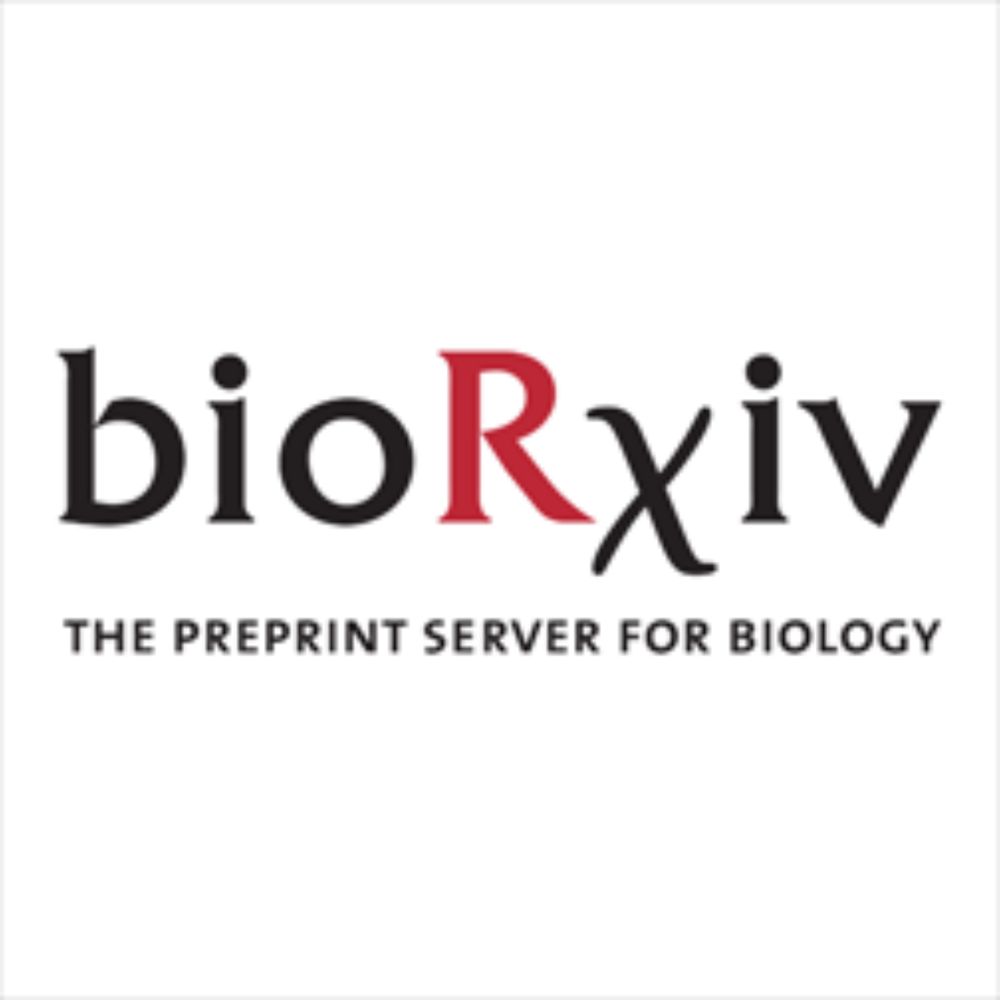
How does this timing contribute to perception, especially beyond first steps of olfactory processing?
We tested this using simple closed-loop optogenetics in our new paper: www.cell.com/iscience/ful...
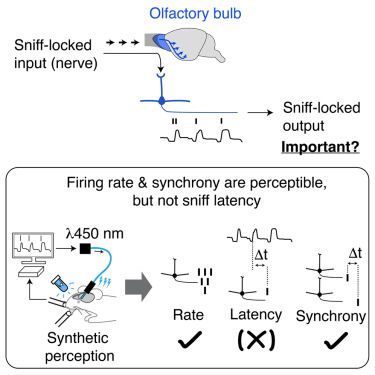
How does this timing contribute to perception, especially beyond first steps of olfactory processing?
We tested this using simple closed-loop optogenetics in our new paper: www.cell.com/iscience/ful...
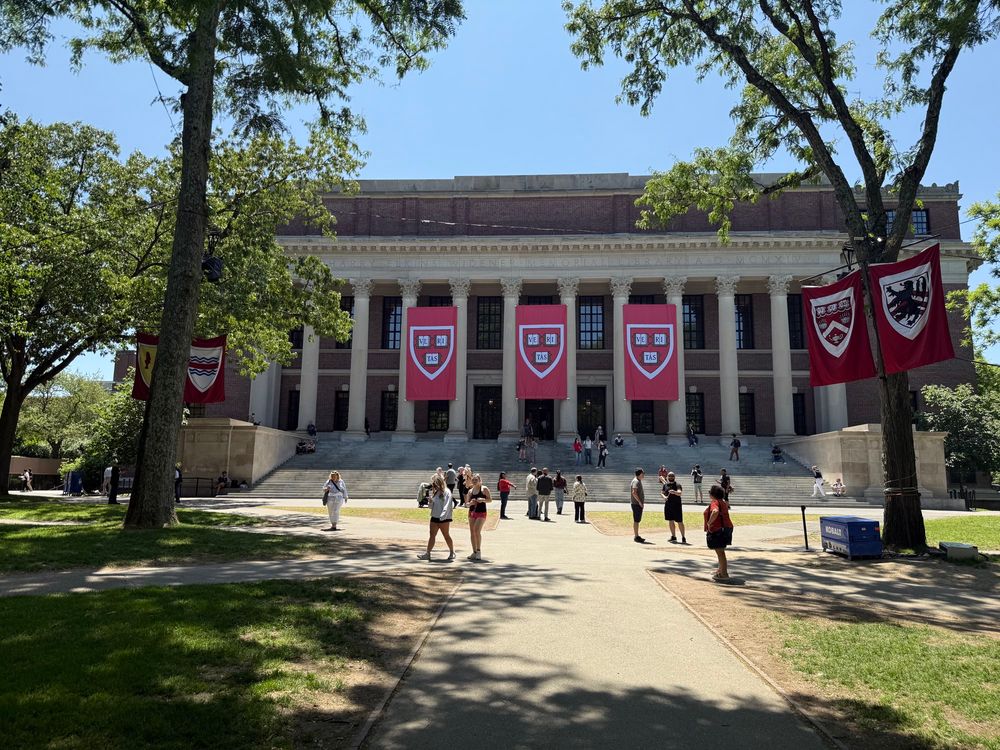

Here are links to some of his recent work:
tinyurl.com/37vw5s5f
tinyurl.com/23zu458t
tinyurl.com/3mmjvw83
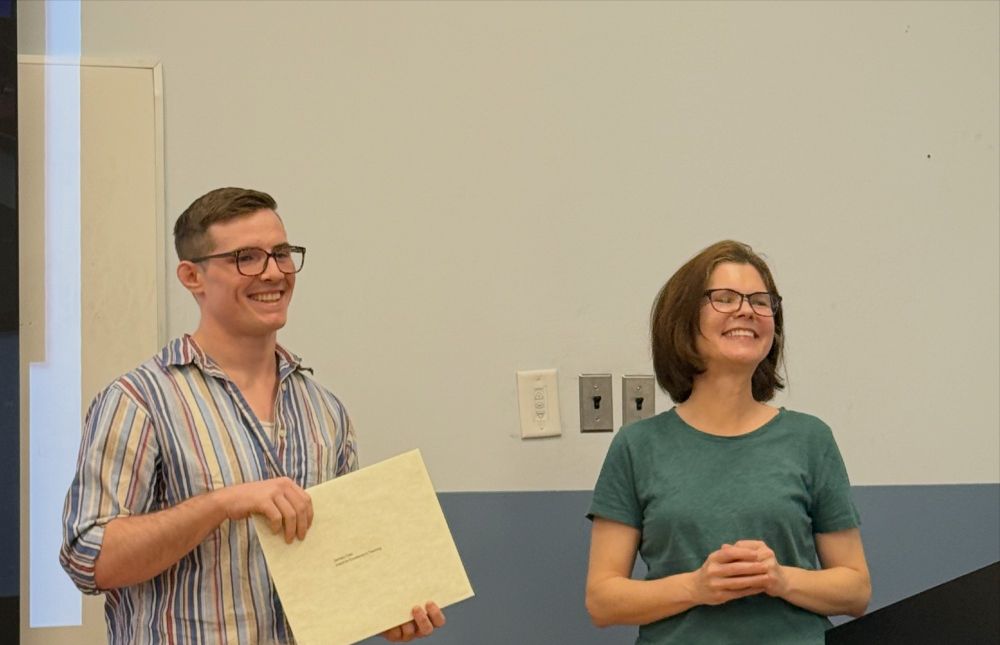
Here are links to some of his recent work:
tinyurl.com/37vw5s5f
tinyurl.com/23zu458t
tinyurl.com/3mmjvw83


We mapped the structure and function of olfactory bulb circuits with in vivo 2-photon microscopy and synchrotron #Xray holographic nanotomography.
doi.org/10.1101/2025...
@yuxinzhang.bsky.social @andreas-t-schaefer.bsky.social @apacureanu.bsky.social
@crick.ac.uk @esrf.fr
We mapped the structure and function of olfactory bulb circuits with in vivo 2-photon microscopy and synchrotron #Xray holographic nanotomography.
doi.org/10.1101/2025...
@yuxinzhang.bsky.social @andreas-t-schaefer.bsky.social @apacureanu.bsky.social
@crick.ac.uk @esrf.fr
www.jneurosci.org/content/45/1...

www.jneurosci.org/content/45/1...
By @callimcflurry.bsky.social
#neuroskyence
www.thetransmitter.org/olfaction/sm...
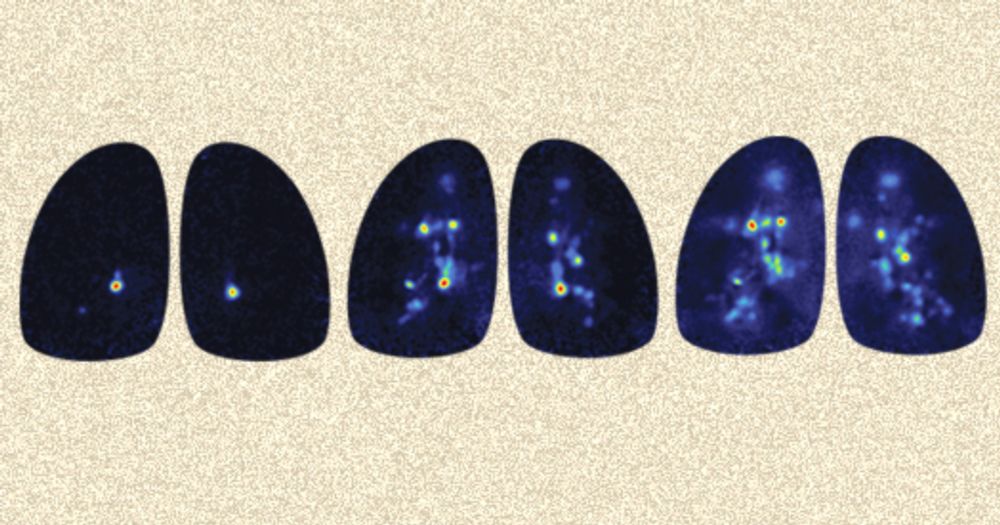
By @callimcflurry.bsky.social
#neuroskyence
www.thetransmitter.org/olfaction/sm...
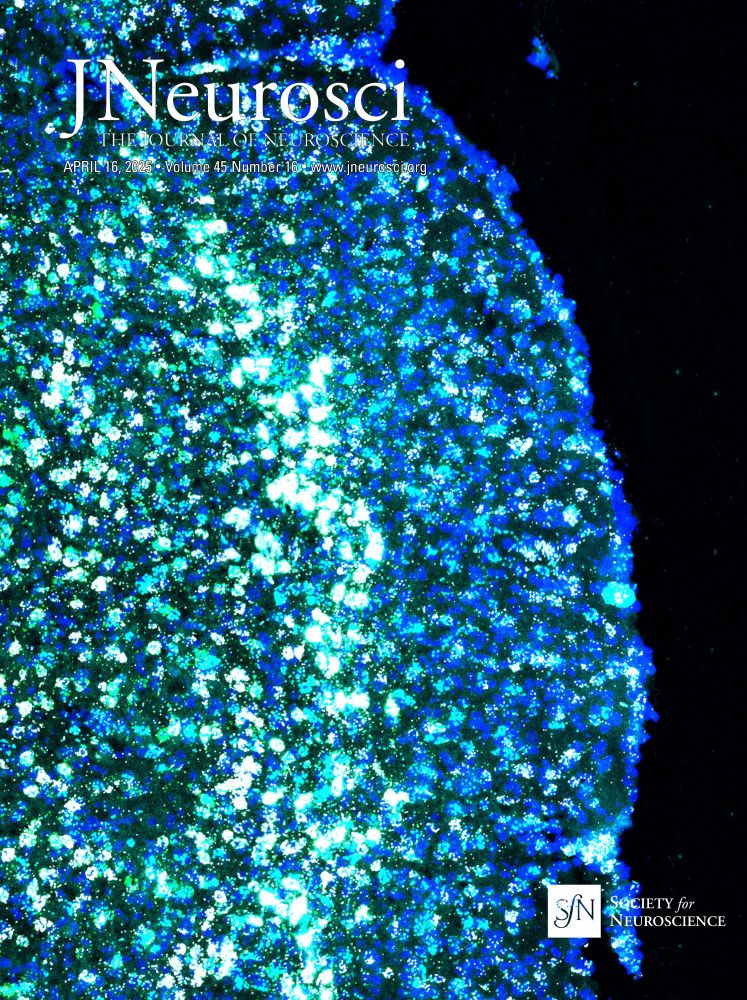
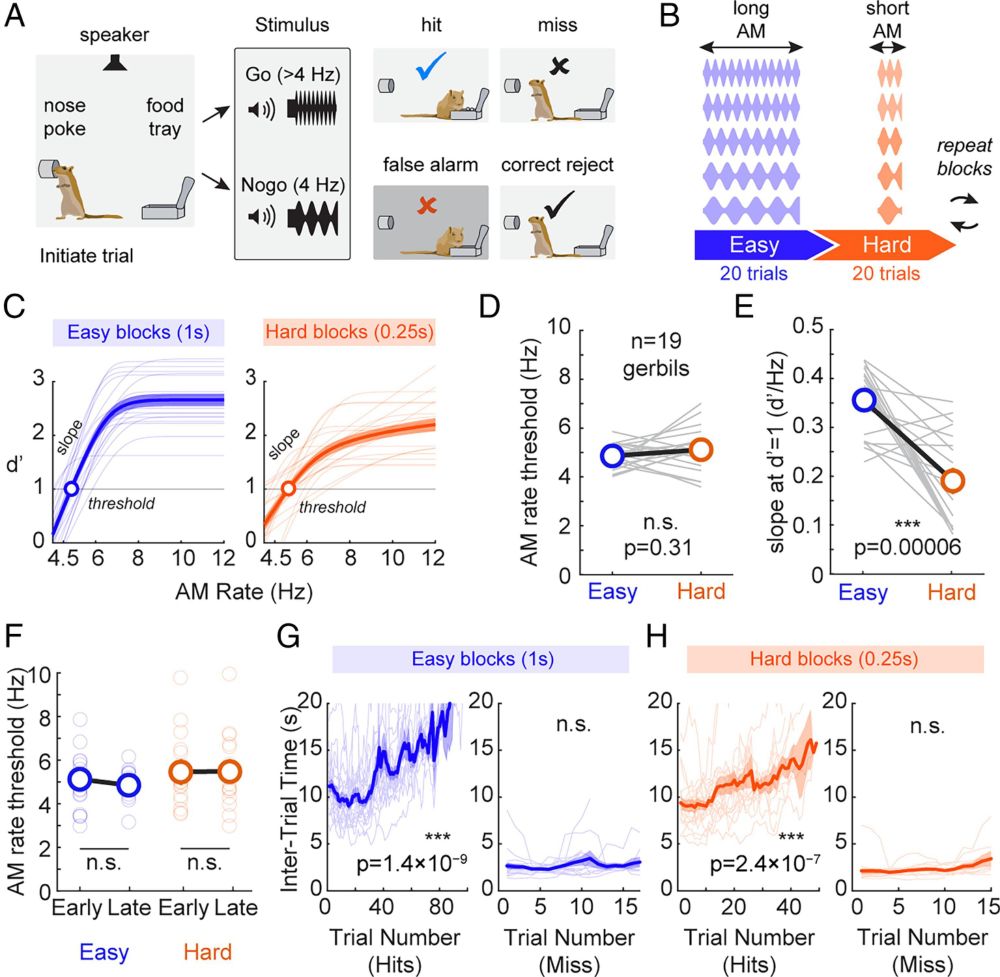
The Chung Lab @ Yale seeks a motivated, creative postdoc to examine tissue remodeling in health and disease. We study ovarian aging and cardiovascular disease in human samples and animal models. Passionate about single-cell, spatial genomics, machine learning & therapeutics? Join us!
The Chung Lab @ Yale seeks a motivated, creative postdoc to examine tissue remodeling in health and disease. We study ovarian aging and cardiovascular disease in human samples and animal models. Passionate about single-cell, spatial genomics, machine learning & therapeutics? Join us!
